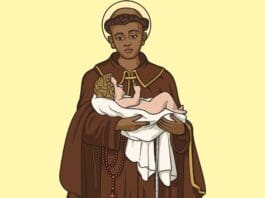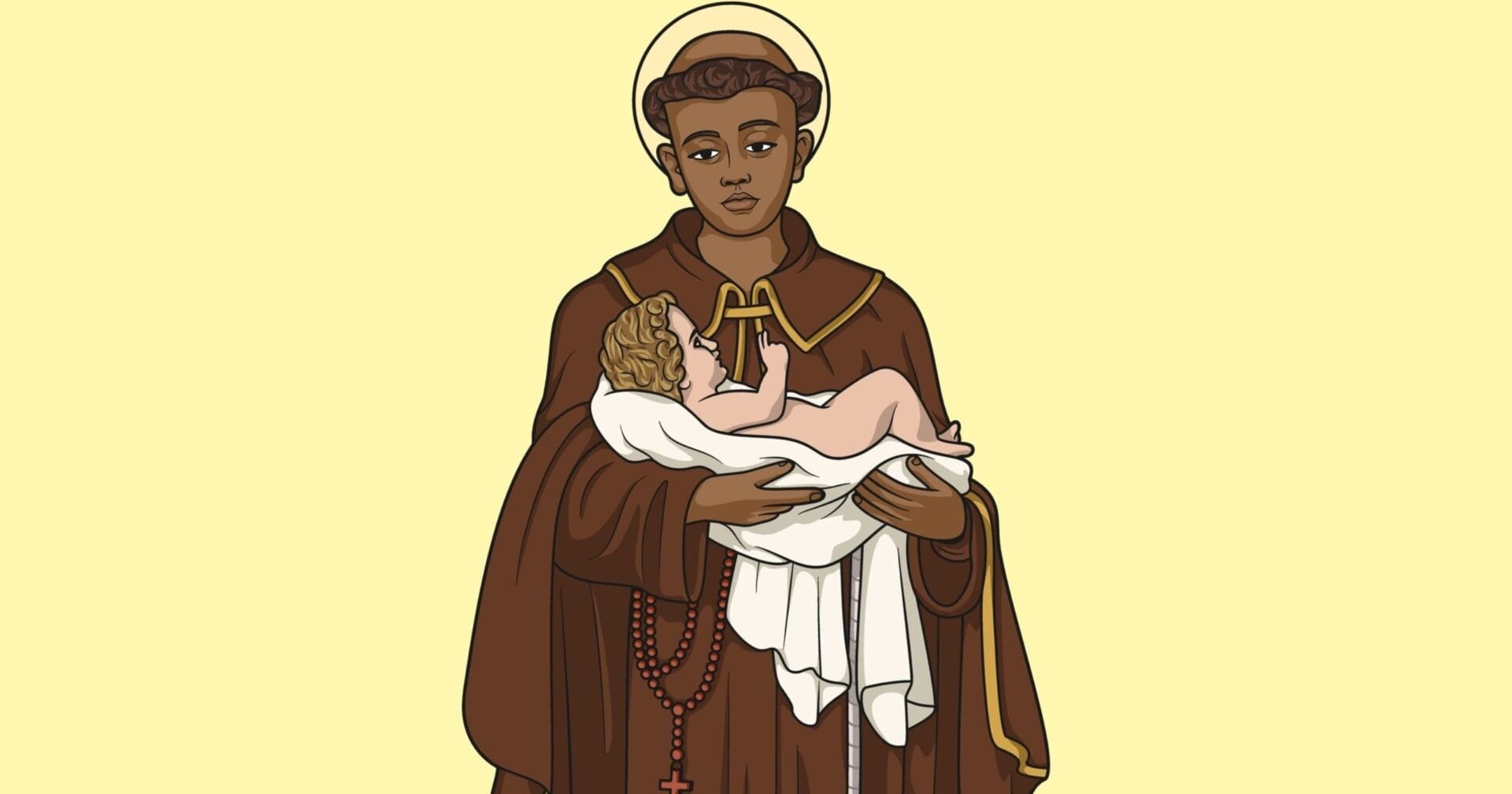
Benedict the Moor, born into slavery near Messina, Italy, in 1526, embarked on an extraordinary life journey that led him from bondage to sainthood. The son of African slaves, Benedict gained his freedom at 18 and initially took up farming, proudly owning a pair of oxen he acquired through his savings. His life took a turn towards spirituality as he chose solitude, eventually joining a community of hermits on Montepellegrino.
Despite his humble beginnings and lack of formal education, Benedict’s leadership qualities shone through, leading to his appointment as the superior of his hermit community. However, a decree from Pope Pius IV saw him transition into a Franciscan lay brother, where he humbly served as a cook at St. Mary’s convent near Palermo.
Benedict’s life took another unexpected turn when he was named the convent’s superior during a period of reform, a position he accepted reluctantly. Later, he served as a novice master, a role he requested to be relieved from to return to his preferred duty in the kitchen.
Despite his desire for a simple life, Benedict’s reputation for sanctity and miracles made him a sought-after figure, attracting countless visitors. His death at the convent marked the end of a life characterized by humility, devotion, and miraculous deeds. Canonized in 1807, Benedict the Moor is venerated as a patron saint of African-Americans, leaving behind a legacy that continues to inspire. King Philip III of Spain, recognizing his sanctity, funded a special tomb for this revered friar.
Photo credit: Luis Fraga / Shutterstock.com
The post Saint Benedict the Moor appeared first on uCatholic.
Daily Reading
Wednesday of the Thirty-fourth Week in Ordinary Time
Reading 1 RV 15:1-4 I, John, saw in heaven another sign, great and awe-inspiring: seven angels with the seven last plagues, for through them God’s fury is accomplished. Then I…




